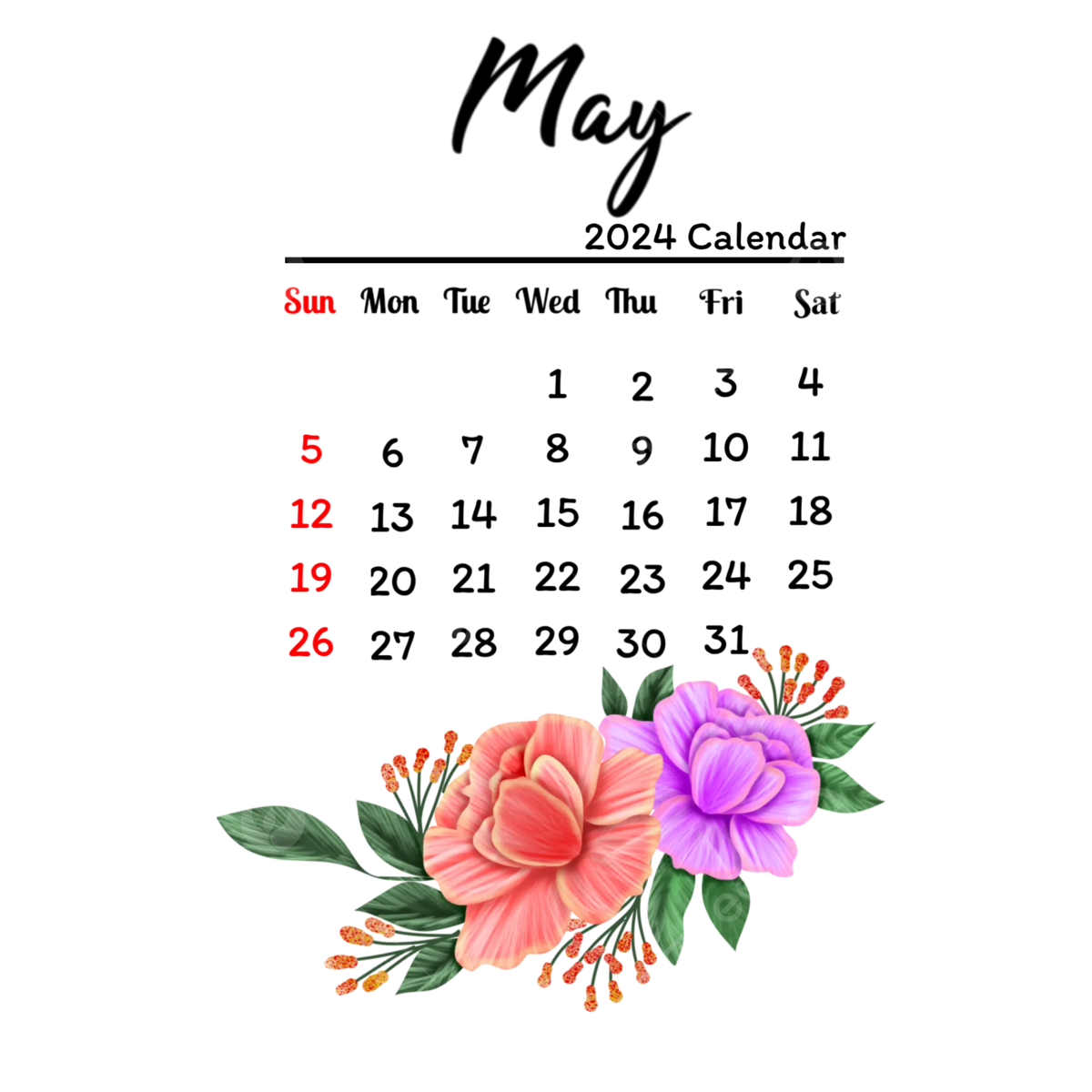The rich and vibrant culture of Bolivia is beautifully encapsulated in its traditional clothing, which has been carried forward through generations with pride and honor. In 2024, Bolivia is set to unveil its preliminary collection of traditional outfits, showcasing the intricate artistry and cultural heritage embedded in its fabric. This collection aims to celebrate the diverse ethnic backgrounds and the unique craftsmanship that Bolivia is renowned for worldwide.
Bolivia's traditional attire is not just clothing; it reflects the nation's history, diversity, and identity. As we delve into the preliminary collection of 2024, we will explore the significance of each garment, the stories they tell, and the artisans who painstakingly handcraft them. From the highlands of the Andes to the lowlands of the Amazon, each region contributes distinct styles and techniques, making Bolivia's traditional costumes a mosaic of cultural expression.
In anticipation of the 2024 collection, enthusiasts and culture aficionados alike are eagerly awaiting a glimpse of the exquisite designs that promise to honor tradition while embracing modern influences. This collection is a testament to Bolivia's commitment to preserving its cultural roots while adapting to contemporary fashion trends, ensuring that these traditional outfits remain relevant and cherished by future generations.
Read also:Critical Insights Into The Air Evac Crash Causes Impact And Safety Measures
Table of Contents
- Introduction to Bolivia's Traditional Clothing
- Historical Significance of Traditional Attire
- Regional Diversity in Traditional Outfits
- Fabric and Materials Used in 2024 Collection
- Artisans and Craftsmanship in Bolivia
- Influence of Indigenous Cultures
- Modern Touches in Traditional Designs
- Role of Traditional Attire in Festivals
- Gender-Specific Outfits and Symbolism
- Impact of Globalization on Traditional Clothing
- Sustainability and Ethical Fashion in Bolivia
- Future of Bolivian Traditional Clothing
- Frequently Asked Questions
- Conclusion and Reflections
Introduction to Bolivia's Traditional Clothing
Bolivia's traditional clothing is a vibrant tapestry of colors, textures, and patterns that tell the story of its people and their way of life. The preliminary collection of 2024 is a celebration of this rich heritage, bringing together the ancient techniques and modern sensibilities that define Bolivian fashion today. This introduction provides a glimpse into the world of Bolivian traditional attire, setting the stage for an exploration of its historical, cultural, and aesthetic significance.
Historical Significance of Traditional Attire
The traditional clothing of Bolivia has deep historical roots, reflecting the country's indigenous heritage and colonial influences. Each garment carries with it the legacy of the past, from the vibrant polleras worn by women to the distinctive ponchos of the Andean highlands. This section delves into the historical evolution of Bolivian attire, tracing its origins and transformations through centuries of cultural exchange and adaptation.
Regional Diversity in Traditional Outfits
Bolivia's diverse geography and ethnic composition have given rise to a wide variety of traditional clothing styles. From the Quechua and Aymara communities of the Andes to the Guaraní and Chiquitano peoples of the eastern lowlands, each region boasts its own unique sartorial traditions. This section explores the regional diversity of Bolivia's traditional outfits, highlighting the distinct elements that make each style unique.
Fabric and Materials Used in 2024 Collection
The 2024 preliminary collection showcases an array of fabrics and materials that are integral to Bolivia's traditional clothing. From alpaca wool and llama fleece to cotton and silk, this section examines the natural fibers and textiles that are carefully selected for their quality and cultural significance. The choice of materials not only influences the aesthetic appeal of the garments but also reflects the sustainable practices embraced by Bolivian artisans.
Artisans and Craftsmanship in Bolivia
At the heart of Bolivia's traditional clothing are the skilled artisans who dedicate their lives to the craft. This section pays tribute to the weavers, embroiderers, and seamstresses who meticulously create each garment by hand. Their expertise and dedication ensure that the artistry of Bolivia's traditional attire is preserved and passed down through generations.
Influence of Indigenous Cultures
Indigenous cultures have a profound influence on Bolivia's traditional clothing, with each garment serving as a canvas for cultural expression and identity. The patterns, colors, and symbols used in traditional outfits often carry deep spiritual and social meanings, reflecting the beliefs and customs of Bolivia's indigenous peoples. This section explores the ways in which indigenous cultures shape the design and significance of Bolivia's traditional attire.
Read also:Top Cologne Picks For Boys A Guide To Confidence And Style
Modern Touches in Traditional Designs
While deeply rooted in tradition, Bolivia's traditional clothing has also evolved to incorporate modern influences. Designers are increasingly blending traditional elements with contemporary styles, creating garments that appeal to a broader audience. This section examines the ways in which modern touches are integrated into traditional designs, ensuring that Bolivia's cultural heritage remains vibrant and relevant in the modern world.
Role of Traditional Attire in Festivals
Traditional clothing plays a central role in Bolivia's vibrant festivals and cultural celebrations. From the colorful Carnival of Oruro to the solemn rituals of All Saints' Day, traditional attire is an essential element of the festivities, symbolizing identity, community, and continuity. This section explores the significance of traditional clothing in Bolivia's festivals, highlighting its role in bringing people together and preserving cultural traditions.
Gender-Specific Outfits and Symbolism
Bolivia's traditional clothing often includes gender-specific outfits that carry distinct symbolism and cultural meanings. Women's polleras and shawls, men's ponchos and hats, each garment is imbued with social and cultural significance. This section delves into the gender-specific aspects of Bolivia's traditional attire, exploring the symbols and meanings associated with each garment.
Impact of Globalization on Traditional Clothing
Globalization has had a significant impact on Bolivia's traditional clothing, influencing both the production and perception of these garments. As global fashion trends continue to evolve, Bolivia's traditional attire is increasingly being recognized and appreciated on the international stage. This section examines the impact of globalization on Bolivia's traditional clothing, exploring the challenges and opportunities it presents for the preservation and promotion of cultural heritage.
Sustainability and Ethical Fashion in Bolivia
Sustainability and ethical fashion are becoming increasingly important in the world of traditional clothing, and Bolivia is no exception. This section explores the sustainable practices embraced by Bolivian artisans and designers, from the use of natural materials to the promotion of fair trade and ethical production processes. By prioritizing sustainability, Bolivia's traditional clothing industry is not only preserving cultural heritage but also contributing to a more equitable and environmentally friendly fashion landscape.
Future of Bolivian Traditional Clothing
The future of Bolivia's traditional clothing is bright, with a new generation of designers and artisans dedicated to preserving and innovating upon the rich cultural heritage of their ancestors. This section explores the future prospects of Bolivia's traditional attire, examining the ways in which it continues to evolve and adapt in response to changing cultural and fashion trends.
Frequently Asked Questions
1. What is the significance of Bolivia's traditional clothing?
Bolivia's traditional clothing is significant because it reflects the country's rich cultural heritage and diversity. Each garment carries cultural, historical, and social meanings, representing the identity and traditions of different communities across Bolivia.
2. How is the 2024 preliminary collection different from previous collections?
The 2024 preliminary collection places a stronger emphasis on sustainability and ethical fashion, incorporating modern influences while honoring traditional craftsmanship. It aims to appeal to contemporary audiences while preserving Bolivia's cultural heritage.
3. What materials are commonly used in Bolivia's traditional clothing?
Common materials used in Bolivia's traditional clothing include alpaca wool, llama fleece, cotton, and silk. These natural fibers are chosen for their quality, cultural significance, and sustainability.
4. How does globalization affect Bolivia's traditional clothing?
Globalization affects Bolivia's traditional clothing by increasing its visibility and appeal on the international stage. While it presents challenges in preserving cultural authenticity, it also offers opportunities for promoting Bolivia's rich heritage to a global audience.
5. What role do traditional outfits play in Bolivia's festivals?
Traditional outfits are integral to Bolivia's festivals, symbolizing cultural identity and community. They play a central role in celebrations, bringing people together and preserving the country's rich cultural traditions.
6. How are modern touches incorporated into Bolivia's traditional designs?
Modern touches are incorporated into Bolivia's traditional designs through the blending of traditional elements with contemporary styles. This approach ensures that traditional clothing remains relevant and appealing to a modern audience while honoring its cultural roots.
Conclusion and Reflections
Bolivia's traditional clothing is a testament to the country's rich cultural heritage and diversity. The 2024 preliminary collection celebrates this heritage by honoring traditional craftsmanship and embracing modern influences. As Bolivia continues to navigate the challenges and opportunities of globalization, its traditional clothing remains a vibrant and cherished expression of cultural identity and pride. By prioritizing sustainability and ethical fashion, Bolivia's traditional clothing industry is not only preserving cultural heritage but also contributing to a more equitable and environmentally friendly fashion landscape. As we look to the future, the continued innovation and dedication of Bolivian artisans and designers ensure a bright future for Bolivia's traditional attire, preserving its cultural significance for generations to come.

